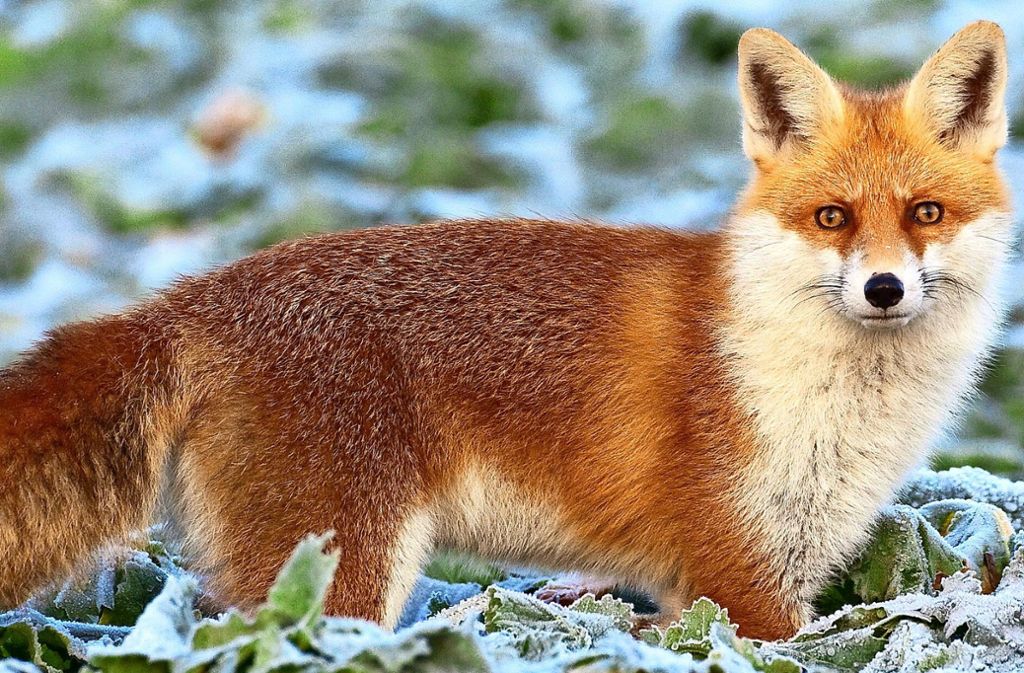Abstract
Abstract
Foxes, with their sly demeanor and remarkable adaptability, have long captured the curiosity of humans. This article provides a comprehensive examination of foxes, delving into their taxonomy, anatomy, behavior, habitat, diet, and cultural significance. From their elusive nature to their role in folklore and mythology, foxes continue to intrigue and inspire people around the world. Through this detailed exploration, we aim to shed light on the unique characteristics and ecological importance of these cunning creatures.
1. Introduction:
Foxes, members of the Canidae family, are renowned for their intelligence and agility. This introductory section provides an overview of foxes, highlighting their evolutionary history and widespread distribution across various habitats.
2. Taxonomy and Classification:
Foxes belong to the genus Vulpes and are classified into several species and subspecies. This section explores the taxonomy and classification of foxes, discussing their genetic relationships and morphological differences.
3. Anatomy and Physiology:
The anatomy of foxes is finely adapted to their predatory lifestyle. From their keen senses to their agile bodies, this section examines the physical characteristics that enable foxes to thrive in diverse environments.
4. Behavior and Social Structure:
Foxes are solitary hunters but exhibit complex social behaviors within family groups. This section explores the behavior and social structure of foxes, including their communication methods, territoriality, and mating rituals.
5. Habitat and Distribution:
Foxes are highly adaptable animals found in a wide range of habitats, from forests and grasslands to urban areas. This section discusses the habitat preferences and geographical distribution of fox species around the world.
6. Diet and Feeding Behavior:
As opportunistic omnivores, foxes have a diverse diet that includes small mammals, birds, insects, fruits, and scavenged carrion. This section examines the feeding behavior and dietary preferences of foxes in different ecosystems.
7. Reproduction and Life Cycle:
The reproductive cycle of foxes is closely tied to seasonal changes and environmental factors. This section details the reproductive anatomy, mating behavior, gestation period, and parental care of foxes.
8. Ecological Role and Conservation:
Foxes play a crucial role in ecosystem dynamics as both predators and prey. This section explores the ecological significance of foxes and discusses conservation efforts aimed at protecting their populations and habitats.
9. Cultural Significance:
Foxes hold a prominent place in the folklore, mythology, and symbolism of various cultures around the world. This section examines the cultural significance of foxes in literature, art, and religious beliefs.
10. Human Interaction and Conflict:
Despite their elusive nature, foxes frequently come into contact with humans, leading to conflicts over territory, predation, and disease transmission. This section discusses human-wildlife interactions and strategies for mitigating conflicts.
11. Conclusion:
Foxes are remarkable animals that have adapted to a diverse range of habitats and ecological niches. By understanding and appreciating the unique characteristics and behaviors of foxes, we can foster coexistence and ensure the conservation of these captivating creatures for future generations.
References:
[Include a list of references cited throughout the article, including scientific studies, books, and online resources.]
Kaynakça
- ^ Čanády, Alexander. "Variability of the baculum in the red fox (Vulpes vulpes) from Slovakia." Zoology and Ecology 23.3 (2013): 165–170.
- ^ Bijlsma, Rob G. "Copulatory lock of wild red fox (Vulpes vulpes) in broad daylight. 29 Ağustos 2017 tarihinde Wayback Machine sitesinde arşivlendi." Naturalist 80: 45–67.
- ^ Heptner & Naumov 1998, s. 341
- ^ Heptner & Naumov 1998, s. 537


































